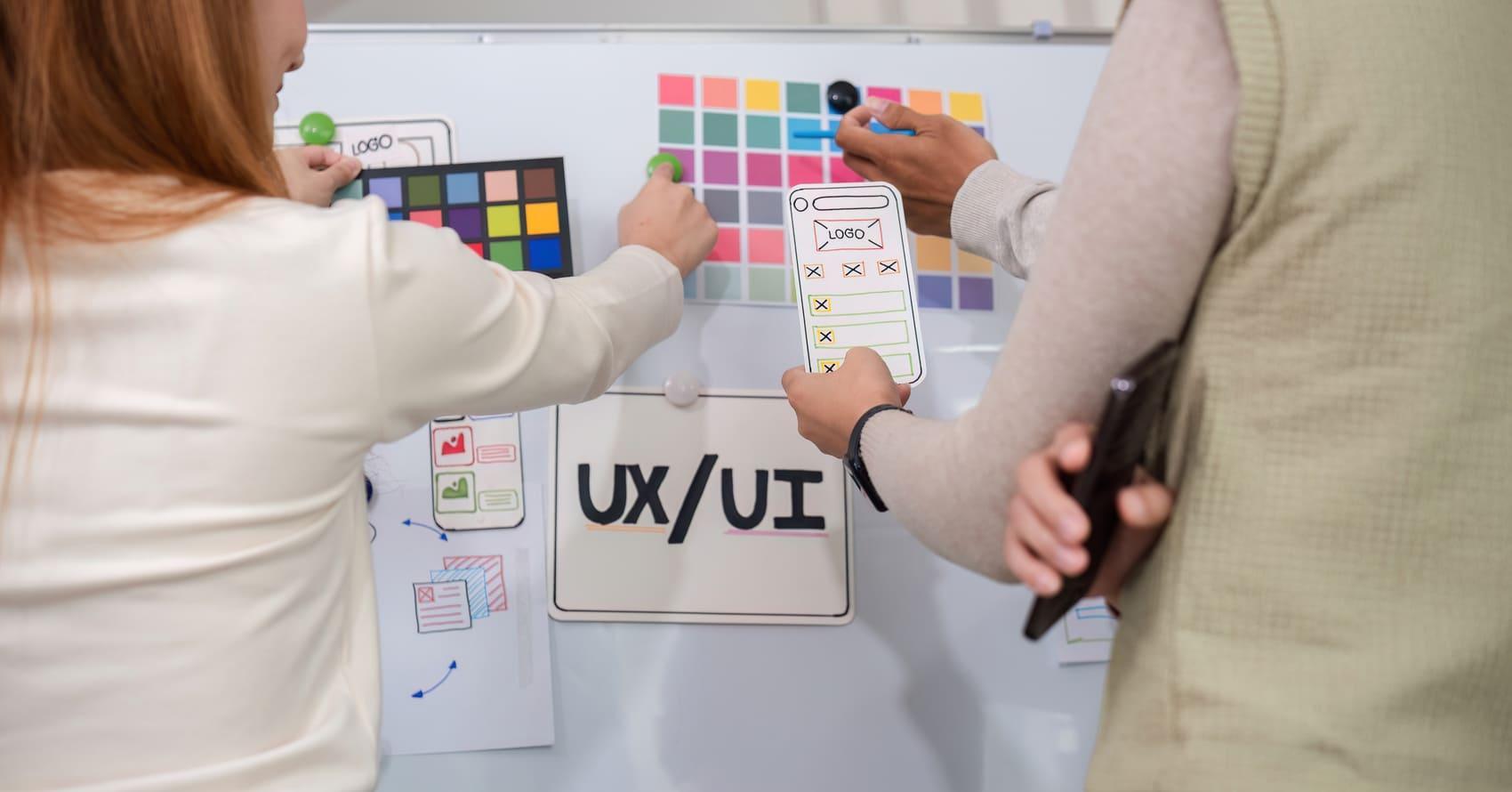
Optimizing User Experience Through Standardized UI Components
- Centralized Component Library: A unified repository for pre-designed status, progress, and alert components. Ensures consistency across products, accelerating development with ready-to-use blocks.
- Contextual Adaptive Design: Components dynamically adjust appearance and behavior based on user context. Prioritizes relevance, ensuring alerts and progress are optimally perceived and understood.
- Modular Micro-Frontends Integration: Status, progress, and alert components as independent micro-frontends. Allows flexible deployment; components evolve autonomously, minimizing interdependencies.
Evaluation Criteria
- Consistency and Brand Alignment: Ensures uniform visual and functional experience across products, upholding brand identity and user expectations.
- Development Efficiency: Impact on timelines and resource allocation. Streamlines creation and deployment of new features with UI elements.
- Maintainability and Scalability: Ease of updating, extending, or adapting components for future needs and growing user bases without technical debt.
Centralized Component Library: Consistency and Efficiency
The Centralized Component Library ensures unwavering consistency. A single source of truth guarantees design adherence, reducing inconsistencies and user confusion. It boosts development efficiency, as teams pull ready-made components, accelerating feature delivery.
Maintainability: a centralized library simplifies updates. Changes propagate platform-wide, ensuring uniformity. Scalability is supported as new features adopt existing components. Consistent usage helps users quickly interpret statuses and alerts, creating an intuitive QirnoVenar experience.
Contextual Adaptive Design: Tailored Experiences
While Contextual Adaptive Design offers unparalleled relevance, visual consistency can be challenging. Components subtly alter appearance based on context, causing minor discrepancies. Development efficiency might be lower initially, but reduces static variations long-term.
Maintainability for adaptive components demands robust testing and clear documentation. Scalability requires rules to extend to new contexts. User comprehension benefits: messages are delivered effectively for the current situation. Mobile alerts are concise and prominent, ensuring optimal user engagement.
Modular Micro-Frontends: Agility and Independence
With Modular Micro-Frontends Integration, consistency relies on a shared design system despite independent deployment. Ensuring consistent standard application is key. Development efficiency benefits from parallel workstreams; teams deploy components without waiting, reducing bottlenecks and accelerating iteration.
Maintainability is a core strength of micro-frontends; individual teams own codebases, allowing quicker updates and bug fixes. This approach is highly scalable, enabling new components to be swapped with minimal disruption. A strong design system ensures users perceive a unified experience, with agility enabling rapid improvements.
Recommendations for Implementation
For maximum consistency, rapid development, and a unified brand, the Centralized Component Library is optimal. It suits platforms where consistent UX is paramount, benefiting teams with a shared toolkit. QirnoVenar applications speak the same visual language.
For highly personalized, situation-aware communication, Contextual Adaptive Design stands out. It's ideal for complex platforms where alert relevance varies by user roles or device types. This ensures critical information is presented digestibly.
For large-scale platforms needing extreme agility and independent deployment, Modular Micro-Frontends Integration offers advantages. Teams iterate on components without impacting the application, fostering innovation and speed effectively.
A hybrid approach often offers the best. Standardized components from a centralized library can be enhanced with contextual adaptive behaviors or deployed via micro-frontends. This allows QirnoVenar to leverage diverse strengths for a robust, user-centric digital experience.
Related Posts
Leave a Reply
Your message will be published after review by moderators.


